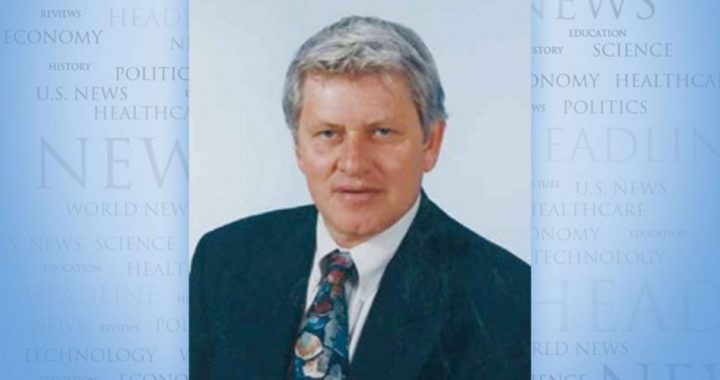
Nobel-Prize-winning novelist and celebrated African-American author Toni Morrison said she wanted “to see a cop shoot a white unarmed teenager in the back” before she’d agree that America’s never-ending conversation about race should be over.
“And I want to see a white man convicted for raping a black woman,” declared Morrison. “Then when you ask me, ‘Is it over?’ I will say yes.”
With those comments, it’s fairly obvious that Ms. Morrison didn’t get the Nobel Prize for proficiency in statistics or for accuracy in polemics.
As recently reported in the Washington Times in “Police kill more whites than blacks, but minority deaths generate more outrage: Analysis contradicts widespread views about racial targets,” April 21, 2015: “An analysis released last week shows that more white people died at the hands of law enforcement than those of any other race in the last two years, even as the Justice Department, social-justice groups and media coverage focus on black victims of police force.”
The Washington Times cited a case of less media coverage when a person shot and killed by a cop in an interracial encounter is white: “Gilbert Collar, an 18-year-old white student at the University of South Alabama, was shot and killed while naked, unarmed and under the influence of drugs by a black police officer.”
The officer, reported the Times, was cleared of wrongdoing by a Mobile County grand jury in a case that received little media coverage outside Alabama.
It’s likely that no one reading this column is familiar with the name Gilbert Collar or the circumstances surrounding his untimely death. CNN’s Anderson Cooper didn’t bring spotlights and camera crews nonstop for months to the University of South Alabama every night, manufacturing crowds and protests and conducting perpetual interviews with students and activists about the purported injustice of the shooting, alleged police misconduct, or possible racism involved in the death of an unarmed white teenager.
Regarding the “Police kill more whites than blacks” headline, one might predictably argue that more whites are killed because there are so many more whites than blacks in the overall U. S. population, and that the larger number of whites killed doesn’t mean that blacks aren’t being disproportioned targeted by the police.
More relevant, however, than the overall racial breakdown of the population when judging the racial even-handedness of law enforcement is the racial breakdown of criminals in the United States.
The official summary of U.S. crime by race issued by the FBI’s Criminal Justice Information Services Division, “Murder: Race, Ethnicity and Sex of Offender, 2013 (Single victim, single offender),” shows that the number of offenders by race was nearly identical between blacks and whites in the murder category with 2,698 white offenders and 2,654 black offenders during 2013, the year the United States Census Bureau reported that whites were 77.7 percent of the U.S. population (or 62.6 percent if Hispanics self-identified as white were excluded), while 13.2 percent of the overall population was black or African-American.
In short, “Police kill more whites than blacks” even though, in the murder category, there are, officially, nearly an equal number of black and white murderers. The conclusion, the opposite of what’s being propagated and regularly broadcast: If anything, based on the FBI’s murder calculations by race, whites may be over-represented and blacks under-represented in deadly encounters with law enforcement.
The end result, the unintended consequence, as described by Heather MacDonald in “The New Nationwide Crime Wave” (Wall Street Journal, May 29, 2015): “The consequences of the ‘Ferguson effect’ are already appearing. The main victims of growing violence will be the inner-city poor.”
Cops, increasingly demonized and under attack by the black community , understandably are pulling back on policing in America’s urban war zones. The outcome? Crime rates increase. Instead of “Black Lives Matter,” black lives are more destroyed.
Ralph R. Reiland is an associate professor of economics at Robert Morris University in Pittsburgh.



